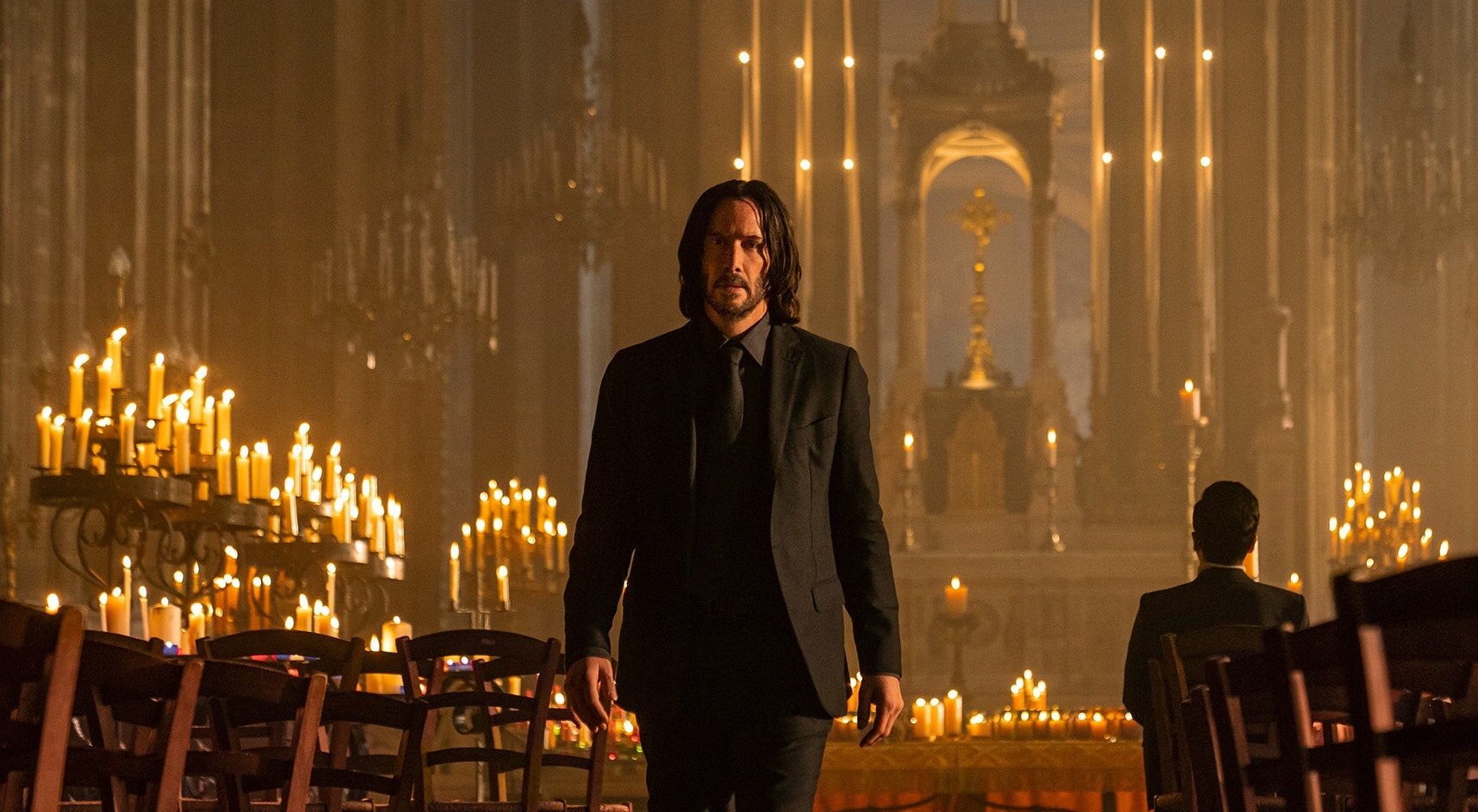American action cinema has often lagged behind its Asian counterparts, who particularly honed the art of onscreen hand-to-hand combat, combined with masterful stunt work. One turning point on a mainstream scale occurred with the release of “The Matrix” in 1999 when the legendary choreographer Yuen Woo-ping brought Hong Kong-style choreography to the country. Keanu Reeves stars as Neo in the aforementioned film, and plays the titular character in the “John Wick” series. Known for its tendency to showcase an assortment of deadly weapons, martial artists such as Cecep Arif Rahman and Yayan Ruhian (from “John Wick: Chapter 3 Parabellum”) also play prominent roles in crafting the action, adding more flair to the already impressive action sequences.
With director Chad Stahelski remaining at the helm of the fourth chapter, this ongoing trend is continued by the inclusion of Donnie Yen, Hiroyuki Sanada and Scott Adkins. The 169-minute runtime is the longest of the series, with prominence placed solely on the adrenaline, ultimately utilizing its length to elongate what would be a simple narrative to soaring new heights.
The structure of the film is similar to a video game where the main character progresses to reach a final goal, obtaining help from friends along the way, all while facing off against formidable foes. Reeves’ acting is reminiscent of the boogeyman, as he feeds off of the energy of those around him, growing stronger by the second. His skill set and weaponry also increase exponentially, with the latter staying true to the previous installments. While critics may consider his demeanor to be one note, the spirit of “Baba Yaga” is portrayed like a player-controlled character placed within a pre-existing set of code, slightly unnerving and even out of place at times.
Wick’s first battle set in Osaka showcases the combination rather than separation of impressive camerawork and choreography, without infringing on their respective capabilities. Sequences like these somehow unfold in a graceful manner that is jarringly disrupted by short bursts of brutality. Each minute detail seems to have significance, with even the raindrops symbolizing the rampant bloodshed. Singer Rina Sawayama’s brilliant film debut as Akira functions as the first instance of a side character whose inclusion aids the overall story, a theme that quickly becomes commonplace. Ian McShane, Clancy Brown and Laurence Fishburne all use their limited screen time to make the most out of their roles, exhibiting that the few scenes without action have importance as well.
The world inhabited by these characters is made clear to be one of heightened reality, as the protagonists navigate through absurd situations. Marquis Vincent de Gramont’s (Bill Skarsgård) needlessly cruel behavior reinforces this, as the ongoing feud between him and Wick forges a path where only havoc remains. Objective logic is forsaken for hyper-choreographed scenes, where almost superhuman feats of strength are displayed. However, this allows each fighter to distinguish themselves from one another, with the development of their characterization coming from the unique set of gadgets and fighting styles they employ. Combined with the plentiful and fresh action set pieces, none of the combat feels repetitive whatsoever.
Much of the success of these scenes is due to the talent of Yen, who finally earns a Hollywood role worthy of his skill. His martial arts expertise shines in particular, with his already perfected hand-to-hand combat and swordplay proving why he continues to be one of the greatest action stars to ever grace the screen. The cast’s experience in fighting allows them to participate in longer takes, which boosts the authenticity of each elaborate sequence. Entire scenes are often shot in different styles, ranging from lighting, weapons and camera angles. Tyler Bates and Joel J. Richard’s return to scoring the franchise complements the movie’s fast pace, with the grand and ambitious soundscape spotlighting the high stakes.
John Wick has become a mythical figure that not only transcends the confines of physics but increases our propensity to be entertained. The cinematography is never dull, with darkness only being used when Wick’s both physical and metaphorical firepower leaves those it decides to untouched. Emphasis should be placed on the experience rather than the events depicted themselves, as noted by Stahelski’s overarching intent. Technically excellent to the highest degree, the film has earned its place alongside “Top Gun: Maverick” and “Avatar: The Way of Water” in keeping the modern American action genre alive and kicking.
Verdict: Wick’s fourth and increasingly frenetic encounter on the quest for vengeance cannot be missed by any fans of the action genre.








